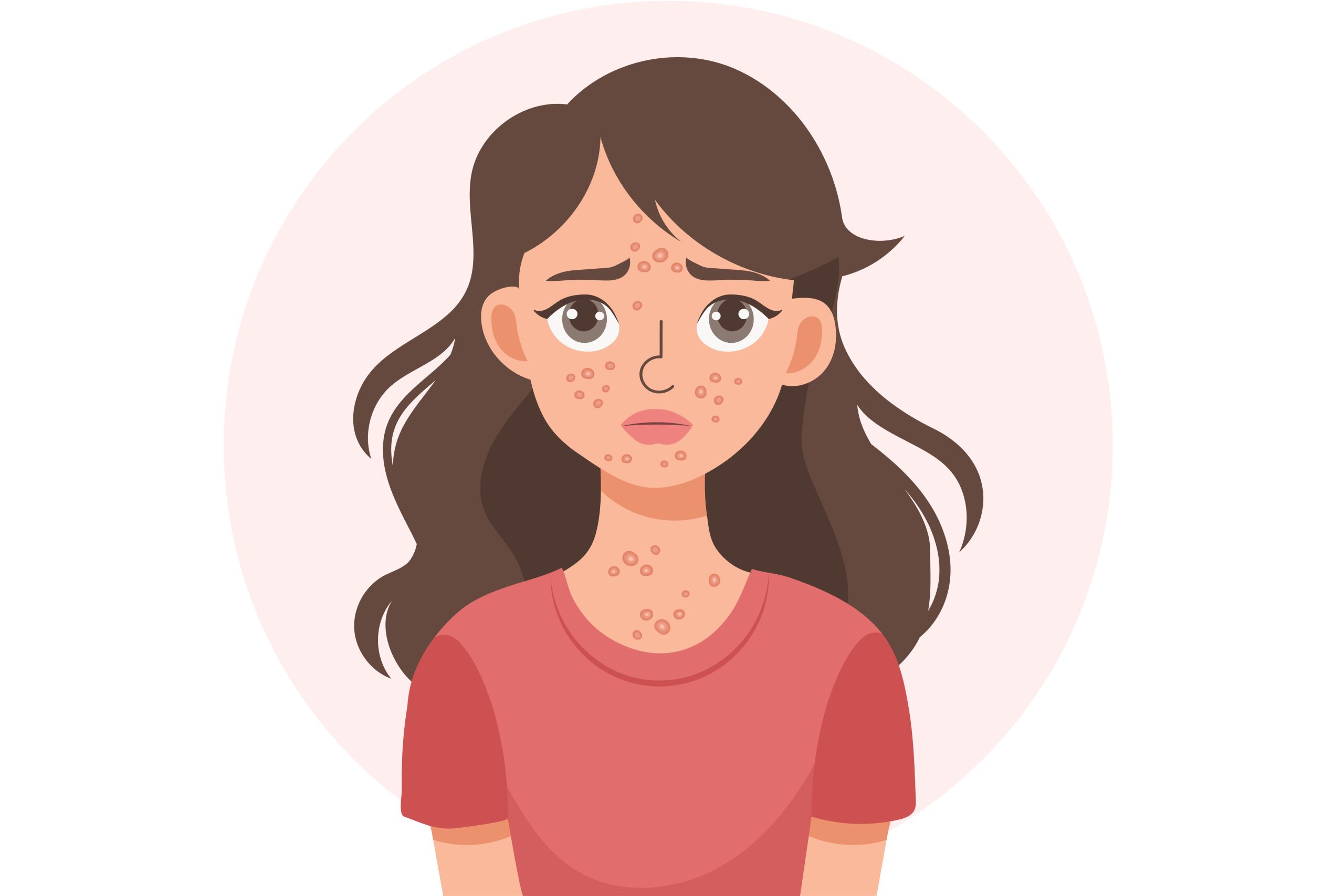Is there anything that deflates your confidence more than noticing a facial blemish in the mirror? While our instinct may be to poke, prod and pop to make the unsightly spot go away, most of the time, it’s better to just let it be. To know the best steps to prevent and treat any blemish, it’s important to first understand what exactly is going on with your skin.
blackheads
How to spot it: This mild form of acne gets its name from its black or dark appearance. Unlike pimples, blackheads are not inflamed, so they are not painful.
What causes it: Blackheads form when the opening of hair follicles clog up. A bump called a comedo is formed by dead skin cells and oil collecting in the opening. If the skin over the bump opens, the exposure to air causes it to appear black.
How to treat it: You can prevent blackheads by regularly washing your face, using products that are noncomedogenic (i.e. won’t block pores) and that exfoliate your skin.
cysts
How to spot it: Cystic acne is one of the most severe types. It results in painful fluid-filled lumps under your skin, which are known as cysts.
What causes it: Like most acne, cysts are formed by clogged pores. Buildup of excess oil and dead skin can create blemishes. When bacteria also gets trapped in the pores, it causes swelling deep in the skin’s middle layer, known as the dermis. The resulting infection develops into an acne cyst.
How to treat it: Cysts can result in scarring if not handled properly. If you suffer from cystic acne, consult your dermatologist to figure out the best way to treat it without long-term effects. Common treatments include oral antibiotics and prescription-strength topical gels or creams.
ingrown hairs
How to spot it: While not technically acne, these blemishes can have many similarities. They appear to be red or raised bumps and also can cause a small pus-filled blister.
What cases it: Ingrown hairs are caused by the hair growing sideways into your skin instead of toward the surface. This often results from hair curling inwards after a shave, tweeze or wax. It is often caused by clogged pores.
How to treat it: Oftentimes, an ingrown hair will go away on its own. To avoid them forming, wash your face daily to prevent pores from clogging. Try improving your shaving technique by shaving in the direction your hair is growing. Using shaving cream and applying after shave moisturizer also can treat ingrown hairs.
nodules
How to spot it: Nodules form below the surface of the skin. They manifest as hard red bumps. Unlike cystic acne, nodular acne usually does not have a whitehead or blackhead at the center.
What causes it: A bacteria called Cutibacterium acnes (C. acnes) becomes trapped under your skin when your pores are blocked, leading to infection
and inflammation.
How to treat it: Nodular acne requires treatment from a health care provider, such as a dermatologist. Over-the-counter acne creams aren’t effective at treating the blemishes. Do not try to pop an acne nodule as it can make the infection worse and lead to scarring.
papules
How to spot it: Papules appear as small, inflamed bumps. Unlike many other forms of acne, they do not have a pus-filled tip.
What causes it: Excess oil or an increased presence of bacteria on your skin can result in the formation of papules. They are especially common for teenagers as the blemishes can form due to androgens, commonly known as sex hormones, which play a vital role in puberty and reproductive development.
How to treat it: Don’t pick at the inflamed area or try to pop the blemish because that may spread the infection. Gently wash the affected area twice a day and stay away from irritants. If regularly cleansing does not stop breakouts, consult your doctor for medical treatment options.
pustules
How to spot it: These pus-filled blemishes are what we commonly think of as pimples—although the term can actually be applied to various types of acne. Pustules most commonly appear as small red bumps with a white or yellowish center.
What causes it: When a clogged pore becomes infected and inflammation spreads, it can create a pustule. The pus in the blemish is created by a mix of sebum, bacteria and debris, such as makeup.
How to treat it: Resist popping or picking at pustules as it can spread in the infection. Washing your skin twice daily with warm water and a mild cleanser can help prevent pores from clogging.
whiteheads
How to spot it: These blemishes appear as skin colored spots or bumps. On lighter skin, they may appear to have a white center surrounded by a red halo. While for darker skin, the halo may appear a darker or more purple hue.
What causes it: Like blackheads, whiteheads are formed by clogged pores. If the skin over the comedo that forms remains closed, it remains white. Excess oil production also can cause acne flares.
How to treat it: Like other acne, avoid picking or popping whiteheads. To prevent them, opt for oil-free, non-clogging skin care and makeup and regularly wash your face with a gentle cleanser.
Sources: Cleveland Clinic, Mayo Clinic








